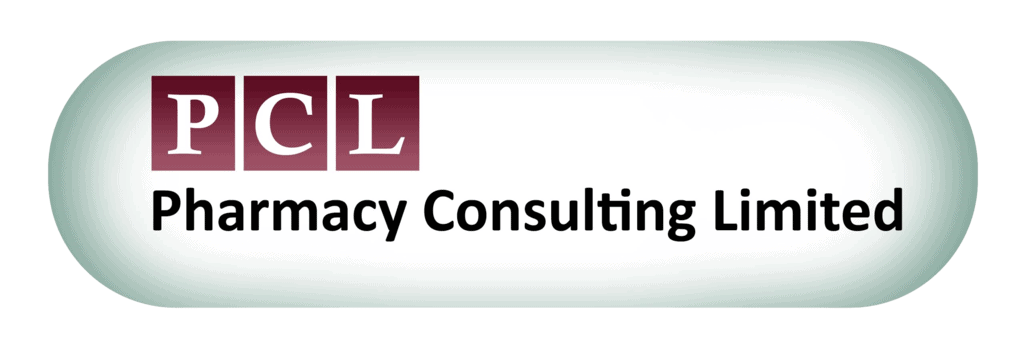The UK is a leader in switches, after New Zealand, but first in Europe.
We had the first Statin in the world and the first emergency hormonal contraceptive (Levonelle) available over the counter.
In the last century there were double digit switches of prescription-only medicines to pharmacy medicines….
However they have decreased in recent years.
Neal Patel, director of corporate communications the Royal Pharmaceutical Society, says: “There are no more easy POM-to-P switches left — those days have gone.”
The first switches from POM to Ps occurred in 1983, the UK had the switch of the anti-inflammatory medicine Nurofen (ibuprofen). After this most drugs have tended to cover minor conditions; including pain relief, antifungal treatments and medicines for allergies, such as hay fever.
In the UK, government policy has long encouraged self-care. Such a sustained government interest in medicines switching is uncommon internationally.
The full possibility for the patient to enable consumer access to medicines is to reduce under-treatment and therefore enhance self-management.
It is my opinion that the majority of pharmacists believe POM to P switches bring added value to the profession, allowing the provision of quality products to patients and simultaneously empowering the pharmacist. Research has shown that patients wait, on average, 4-7 days before consulting their GP about a minor ailment, creating an ideal opportunity for pharmacist intervention. Switches also provide an excellent patient counselling opportunity.
Deborah Biondi
